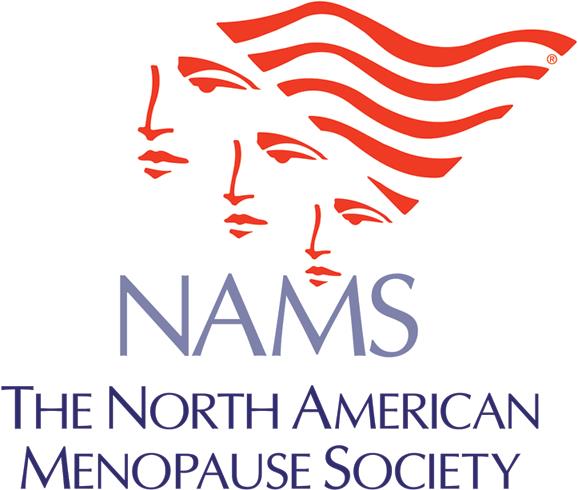By: Red Hot Mamas
Published: February 17, 2016
Physical Therapy Cuts Urine Leaks Dramatically for Women with Osteoporosis
CLEVELAND, Ohio (February 17, 2016)—After menopause, women with osteoporosis struggle more
with urinary incontinence than women with healthy bones do. But physical therapy that includes pelvic
floor muscle training can produce dramatic improvements, shows a study published online today in
Menopause, the journal of The North American Menopause Society. The study is the first-ever
randomized, controlled trial of physical therapy for these urinary troubles in postmenopausal women with
osteoporosis or low bone mass.
The researchers from the BC Women’s Hospital & Health Centre in Vancouver, British Columbia, and
the University of Montreal, Quebec, recruited 48 women age 55 and older from an osteoporosis clinic and
the waitlist for a continence clinic. All the women had gone through menopause and had incontinence and
osteoporosis or low bone density. Incontinence included stress incontinence—leaking with activity that
puts pressure on the bladder, such as coughing, laughing, or running, urge incontinence—leaking before
reaching the toilet when there is a strong urge to urinate, or a mixture of the two types.
Half of the women went through 12 weekly sessions of physical therapy with a trained physical therapist.
The therapy involved pelvic floor muscle exercise and retraining with biofeedback as well as other advice
and techniques such as urge control and dietary changes. The other women had a three-hour education
session on physical activity, diet, and medications used to prevent or treat osteoporosis, one-on-one
sessions with a dietitian and physical therapist, and extensive follow-up discussions with healthcare
providers. At the beginning of the study and after three months and one year, all of the women completed
bladder diaries, incontinence and self-efficacy questionnaires, and pad tests, which measure how much
urine leaks over 24 hours. The researchers who assessed patients’ progress or collected or analyzed the
data did not know which patients got physical therapy and which got osteoporosis education.
Three months after the study began, the women who underwent physical therapy enjoyed a dramatic 75%
reduction in urine leaks, whereas the other women did not improve. The physical therapy group also had
significantly better results on the incontinence questionnaires. One year later, the women who got
physical therapy still enjoyed the 75% reduction in leak episodes, whereas the other women got worse.
The physical therapy group also had better pad test results and maintained better scores on one of the
incontinence questionnaires.
No one knows why women with osteoporosis after menopause have worse problems with incontinence
than those who don’t have osteoporosis. But it is crucial for them to have effective treatment for
incontinence.
As NAMS Executive Director JoAnn V. Pinkerton, MD, NCMP, points out, “Many women with
incontinence find themselves limiting physical activity out of fears of leakage. But women with bone loss
or at risk for bone loss need strength training in addition to adequate calcium and vitamin D to prevent
further bone loss and decrease fracture risk.”
Dr. Pinkerton finds this study particularly important for clinical care of these women because of the
sustained, long-term improvement in incontinence with physical therapy in the group of postmenopausal
women who need treatment the most—those who already have bone loss and need physical activity to
improve their bone density.
The article, “Physical therapy for urinary incontinence in postmenopausal women with osteoporosis or
low bone density: a randomized controlled trial,” will be published in the March 2016 print edition of
Menopause.
Founded in 1989, The North American Menopause Society (NAMS) is North America’s leading
nonprofit organization dedicated to promoting the health and quality of life of all women during midlife
and beyond through an understanding of menopause and healthy aging. Its multidisciplinary membership
of 2,000 leaders in the field—including clinical and basic science experts from medicine, nursing,
sociology, psychology, nutrition, anthropology, epidemiology, pharmacy, and education—makes NAMS
uniquely qualified to serve as the definitive resource for health professionals and the public for accurate,
unbiased information about menopause and healthy aging. To learn more about NAMS, visit
www.menopause.org.
Source: http://www.menopause.org/docs/default-source/2016-docs/pt-incontinence.pdf
 Red Hot Mamas In Charge of Change.
Red Hot Mamas In Charge of Change.




